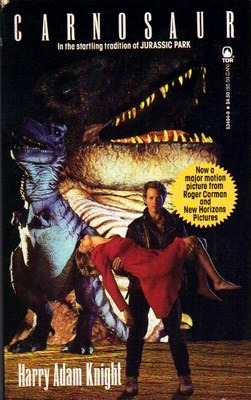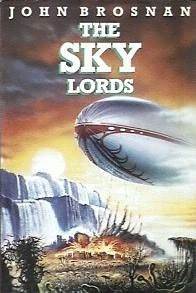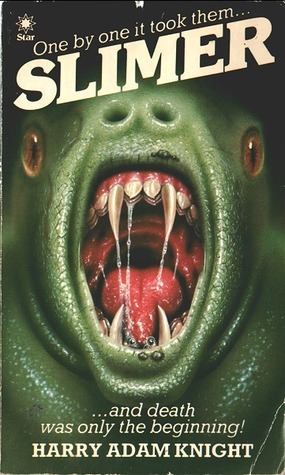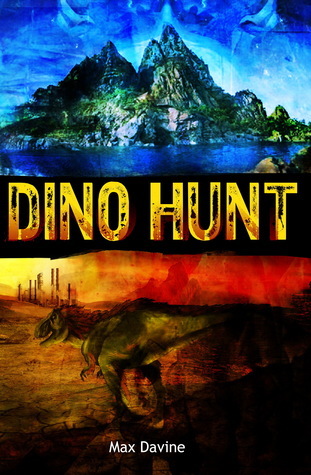
Carnosaur
Book Description
When science dares to resurrect the past, terror unfurls in the present. A remote laboratory unleashes genetically engineered dinosaurs, transforming an isolated town into a nightmare zone where survival is a race against time. As residents grapple with betrayal, fear, and the primal instincts of creatures thought long extinct, alliances shift and secrets threaten to unravel everything. Tensions rise, and with each chilling roar, the stakes grow higher. Who will remain standing when the dust settles, and can humanity outsmart the monsters it created? The line between predator and prey blurs—can anyone escape the jaws of carnage?
Quick Book Summary
"Carnosaur" by Harry Adam Knight plunges readers into a terrifying scenario where the resurrection of dinosaurs through genetic engineering leads to chaos and bloodshed. Set in a small, isolated English village, the novel follows a cast of characters as they confront the shocking reality that prehistoric predators are loose and hunting them. What starts as a scientific experiment quickly spins out of control, revealing the dark ambitions of those responsible and the devastating consequences of tampering with nature. As alliances form and betrayals come to light, the survivors must outwit not only the lethal dinosaurs but also each other. The lines between predator and prey blur, leaving humanity fighting desperately to reclaim control from the monsters it conjured from extinction.
Summary of Key Ideas
Table of Contents
The Ethics and Dangers of Scientific Hubris
In "Carnosaur," the story unfolds in a remote English countryside where a reclusive scientist, Dr. Wendell, has secretly brought dinosaurs back to life through radical genetic experiments. Driven by ambition and a desire for recognition, Wendell believes he is advancing science by reviving the titans of prehistory. However, his secrecy and overconfidence blind him to the ethical and practical dangers of his actions, sowing the seeds for disaster in the tranquil local community.
Survival and Human Instincts under Threat
When the dinosaurs escape containment, the quiet village is turned into a hunting ground. Residents find themselves thrust into a primal struggle for survival against the prehistoric predators stalking their streets and homes. Fear spreads rapidly as humans, unprepared for such relentless adversaries, must rely on their instincts and whatever resources they can scavenge. The stark reality that they are now prey forces them to confront their deepest fears and instincts.
Trust, Betrayal, and Shifting Alliances
As chaos erupts, the human relationships at the story’s core are tested. Old rivalries and new alliances spring up as residents try to band together or protect loved ones. Trust becomes a precious and rare commodity, further complicated by betrayals and the mounting desperation to survive. The scientist’s true motivations and the full extent of the experiment come to light, fracturing any sense of unity among the survivors.
Nature Unleashed: The Unpredictability of the Past
Throughout the novel, the unleashed dinosaurs serve as both literal and symbolic representations of nature’s unpredictability and the hubris of those who believe it can be controlled. The creatures are not merely threats but reminders of a world humanity thought it had mastered. The line between natural dominion and primal terror blurs with each deadly encounter, challenging the survivors’ assumptions about their environment and themselves.
Blurred Boundaries between Predator and Prey
Ultimately, "Carnosaur" is a grim meditation on the consequences of scientific overreach. The devastation left by the dinosaurs underscores nature’s capacity to overwhelm humanity’s best-laid plans. The conclusion leaves readers with haunting questions: Who ultimately bears responsibility for the carnage? Can progress justify such risk? And when humans release forces beyond their control, can they ever hope to reclaim safety—or are they doomed to become prey once more?
Download This Summary
Get a free PDF of this summary instantly — no email required.





